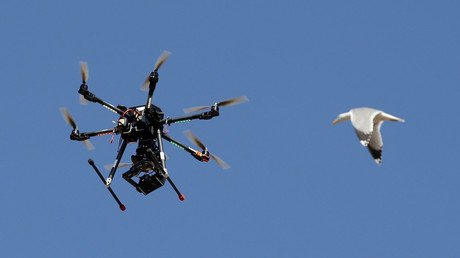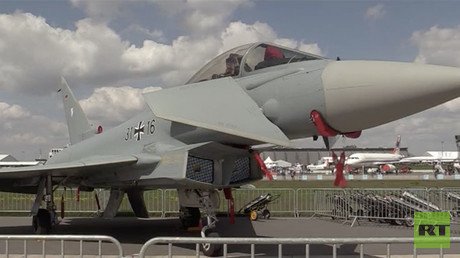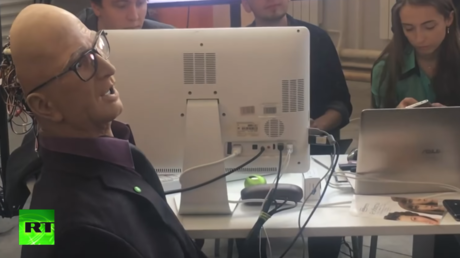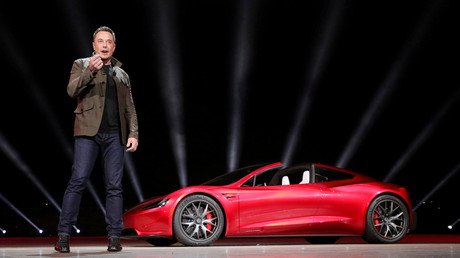New normal? NASA’s Predator drone flies solo in commercial airspace for 1st time
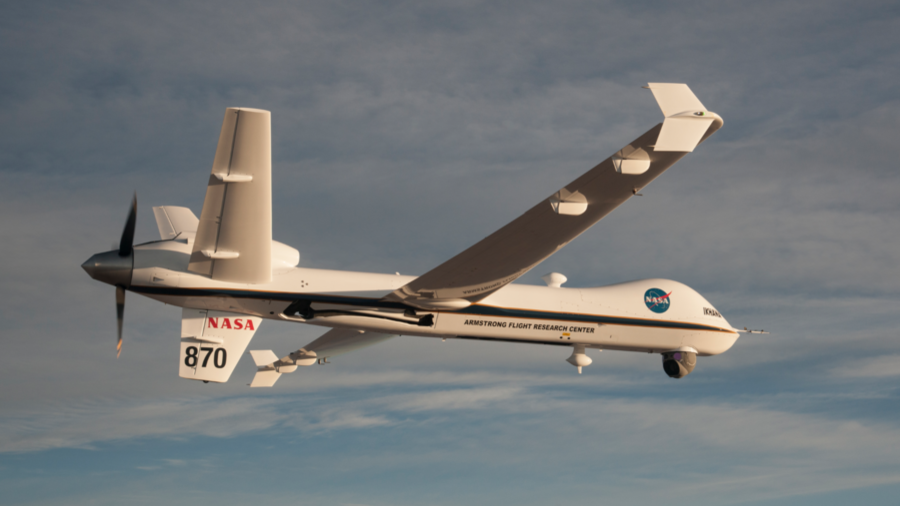
A Predator drone with the NASA insignia has flown solo in US commercial airspace. The first flight of its kind comes amid concerns that unmanned government aircraft operations will become the new normal in the United States.
The remotely piloted MQ-9 Predator B Ikhana aircraft successfully flew over California on Tuesday, according to NASA. It was the first time it had completed a flight in commercial airspace without a chase plane.
NASA has hailed the move as bringing the US “one step closer to normalizing unmanned aircraft operations used by commercial and private pilots,” with the agency stating that such a practice could prove beneficial from everything to monitoring forest fires to conducting search and rescue operations.
However, what NASA’s Integrated Aviation Systems Program Director Ed Waggoner calls a “major milestone” is seen as a worrying trend by some who fear that the normalization of unmanned drones buzzing across the sky is a slippery slope – particularly if such drones become armed.
The debate surrounding US drones isn't new, but continues to intensify with every so-called “milestone” that's reached. One of those came in March 2017, when US President Donald Trump gave the CIA power to order drone strikes without Pentagon approval. Physician Tomasz Pierscionek summed up the thoughts of many in an op-ed for RT, writing that “a future where a globalized battlefield becomes the norm and individuals deemed a threat to the US, or any other power with the means, can be eliminated without due process or trial is a dark one indeed.”
Then there's the topic of spying on US citizens, should Predator drones become omnipresent in American skies. The Pentagon itself admitted in 2016 to using drones to spy on Americans, a practice that could increase to a whole new level if a fleet of sophisticated surveillance aircraft is put to work. Perhaps even more worrying is that the Defense Department determined that such missions were completely legal and hadn't violated any laws.
Outcry over such a possibility isn't just focused at the national level in the US, however. One of those instances occurred back in 2014, when the Los Angeles Police Department was gifted two quadcopter drones as a gift from the Seattle Police Department. It wasn't long before a group calling itself “Stop LAPD Spying Coalition” launched an initiative against the police force.
“We reject all forms of police oppression and any policy that make us all suspects in the eyes of the state. Our vision is the dismantling of government-sanctioned spying and intelligence gathering, in all its multiple forms,” the group's website reads.
While the issue remains a point of contention domestically, Washington's reach spans far outside the United States. US spy drones and planes flew close to Russia’s Crimea over 100 times in 2017, a high-ranking regional army official announced in October.
So, while many hail the progress of NASA as a major step forward, the question remains whether the technology will be used for good or as a dangerous method to keep everyone – Americans and others – behaving exactly the way Washington wants them to.
